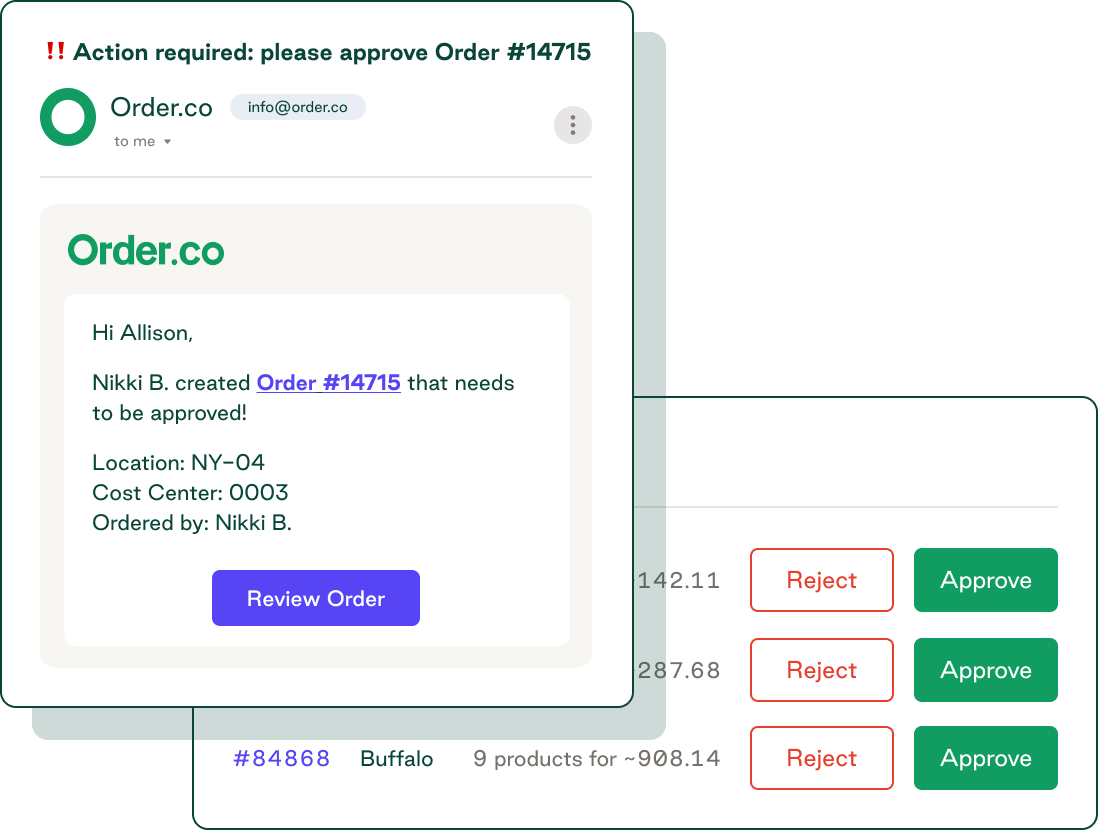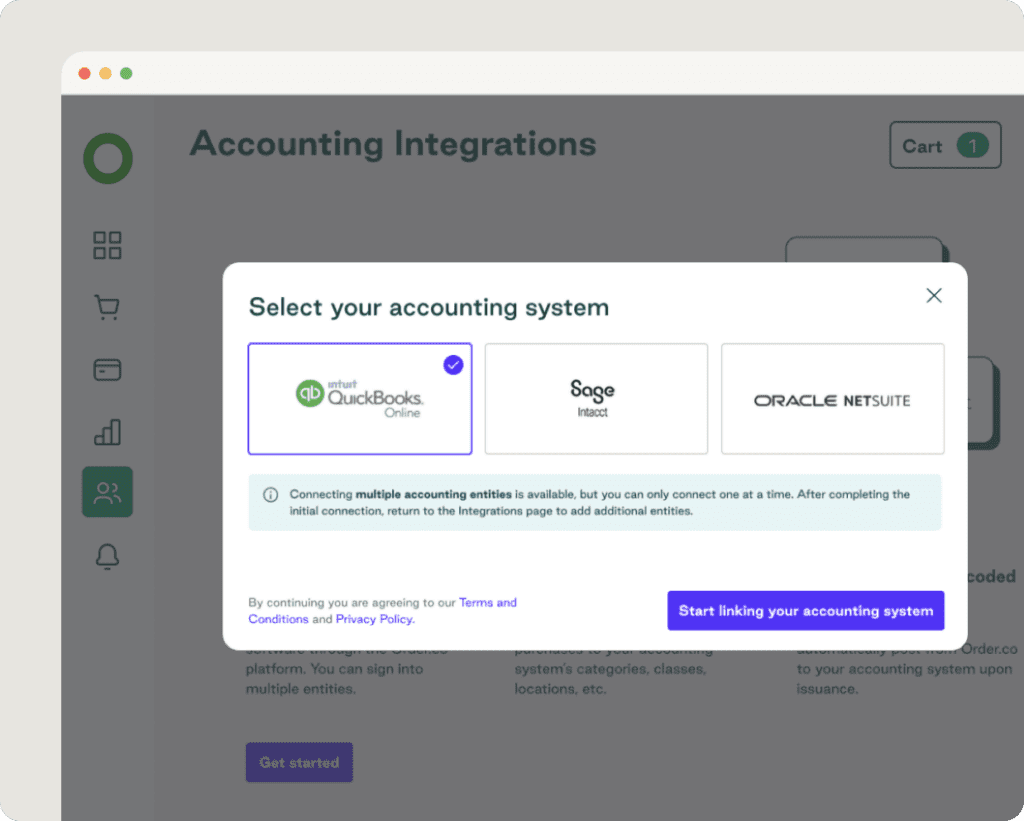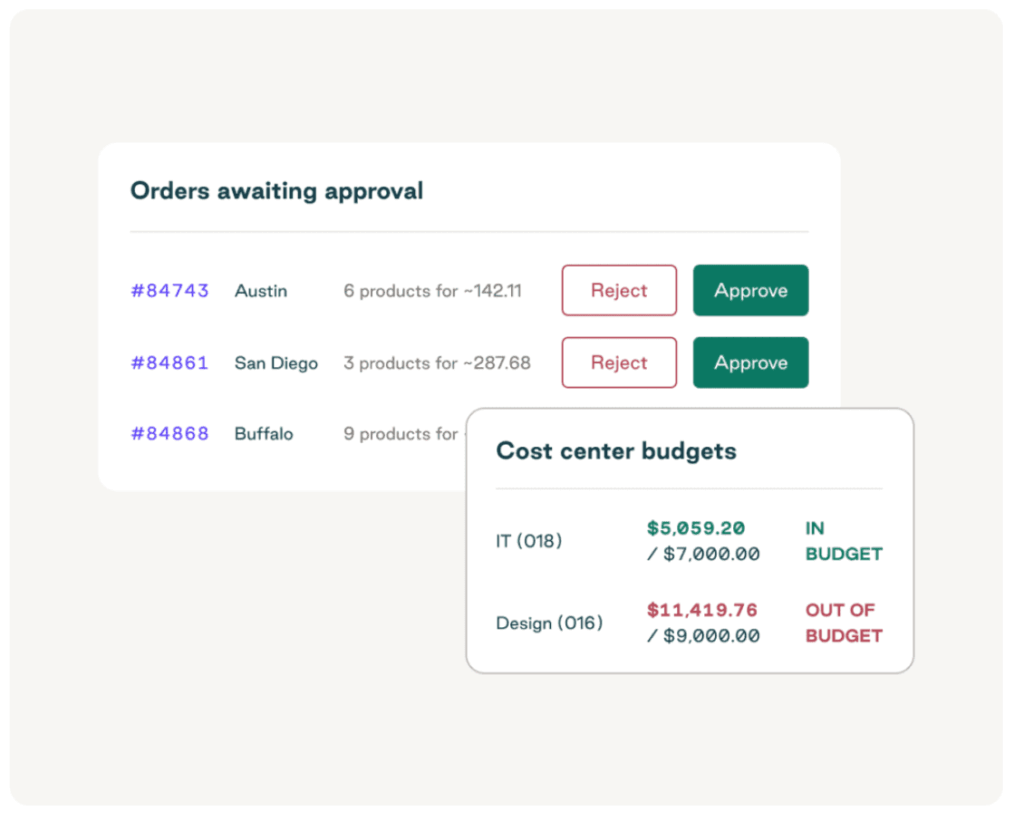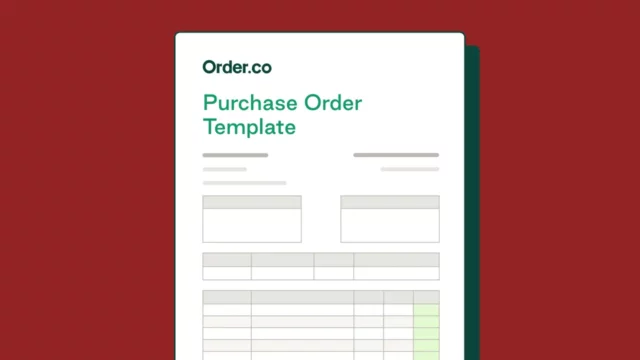How Purchase Order Automation Works: Your Guide to Getting Started

How Purchase Order Automation Works: Your Guide to Getting Started
Delays in your procurement processes can lead to massive headaches for requesters, buyers, and vendors. By relying on a paper-based system, you miss out on major efficiency gains and cost reductions that could save your company a fortune.
Purchase order (PO) automation transforms purchasing from a time-consuming, error-prone process into a well-oiled, value-generating machine. By leveraging the right technology to automate your workflows, you can drastically improve purchasing efficiency across your entire organization.
This guide covers everything you need to know about purchase order automation—its importance for modern procurement teams, key enablers for PO automation systems, and how to get started.
Download the free tool: Purchase Order Template
What is purchase order automation, and why does it matter?
Purchase order automation is the use of digital tools, such as purchase order software, to centralize and accelerate the requisition, approval, creation, and delivery of purchase orders. It aims to improve PO data quality and visibility while shortening the procure-to-pay (P2P) lifecycle.
PO automation is a modern solution to many of the pains associated with traditional purchase order management—namely, inconsistent or inaccurate PO data, lengthy approval processes, and frequent instances of maverick spending.
It also helps you speed procurement workflows, reduce supply chain risk, and enforce compliance by standardizing and centralizing PO transaction data.

Traditional vs. automated POs: How the lifecycles compare
Here’s a quick chart to help you better understand the difference between traditional manual processes and automated purchase order management.
| Lifecycle stage | Traditional | Automated |
| Requisition | An employee manually creates a paper- or spreadsheet-based purchase requisition form | An employee selects items from pre-approved catalogs or free-text forms, and the PO automation system automatically creates a digital purchase requisition form |
| Approval | The requisition is manually routed for approval, typically via email, fax, or hand delivery | The PO system automatically routes the requisition to the correct approver(s) based on predefined purchase order approval rules |
| Generation | The approver creates a paper- or spreadsheet-based purchase order and sends a copy to the vendor, typically via email or fax | Once approved, the system automatically generates a compliant purchase order and instantly sends it to the vendor by email, supplier portal, or software integration |
| Fulfillment | The supplier fulfills and delivers the requested items, and the receiver checks the items against a paper packing slip and the original PO when they arrive | The supplier fulfills and delivers the requested items, and the receiver records the delivered quantities in the system to automatically update PO status and generate a digital receipt |
| Reconciliation | An Accounts Payable (AP) employee manually enters data from the supplier invoice and then compares it against the paper invoice, original PO, and goods receipt note | The system automatically captures supplier invoice data and performs three-way invoice matching against the digital PO and goods receipt—any discrepancies are routed to the correct user for review |
5 benefits of purchase order automation
PO automation goes beyond simple efficiency gains. While saving time and money is valuable, an automated purchase order system also improves your purchasing cycle holistically, resulting in a much stronger procurement operations strategy.
Reduces processing time and costs
Manual data entry makes PO processing slow, prone to human error, and expensive. Process automation minimizes the time and labor required to process POs, which also allows you to take advantage of early payment discounts from vendors.
When EPIC4 implemented Order.co’s AI-powered PO software, it was able to drastically improve purchase order cycle time while minimizing errors caused by human intervention. As a result, the company cut procurement time by 50%.
Enhances visibility and controls
PO automation centralizes all POs and requests into a unified system that provides real-time visibility into PO status and spend history. You can also set approval and purchase request rules that guide users to pre-approved suppliers and send notifications to the appropriate approvers.

Improves supplier relationships
When purchase orders and payments are processed faster and with fewer discrepancies, it’s easier for your suppliers to do their part. This leads to stronger supplier relationships and more favorable payment terms.
Clinton Management implemented PO automation software to simplify vendor management and improve cost savings. After a smooth onboarding and setup process, the company automated 100% of offline vendor ordering and achieved an average monthly savings of $1,200 through strategic sourcing.
Strengthens compliance
Manual purchase order processing leads to lost or misplaced data, which adds extra time and stress to internal and external audits. PO automation creates a clear, secure audit trail for every purchase and ensures compliance with regulatory standards.
Eliminates maverick spend
Purchase order automation enforces company purchasing policies by routing all requests through a formal approvals process and requiring item selection from a catalog of pre-approved providers. This prevents unapproved purchases while making it easy for employees to follow company policies.
Key enablers of procurement automation and integration essentials
Effective PO automation relies on effective integration with your existing tech stack and external sources. Here’s a quick rundown of the tools and connections you’ll need.
Turnkey ERP and accounting connectors
Pre-built integrations are plug-and-play tools that connect your purchase order automation system with your existing ERP and accounting systems.
Turnkey connectors save you time and money on custom integration development. They ensure your procurement data flows seamlessly between systems to keep data up to date and all in one place.

Data governance and security features
Strong governance and security are essential for internal and external audits.
Features like role-based access controls ensure users only have access to data relevant to their jobs, while customizable approval workflows route information correctly. A comprehensive audit log tracks every action performed within the system.
Additional features like data encryption, cleansing, and capturing capabilities help keep your information safe and compliant with data privacy regulations like GDPR and CCPA.
How to implement purchase order automation in three phases
The safest way to implement PO automation is a phased approach. This gives you time to secure stakeholder buy-in, enables you to learn and adapt as you go, and minimizes the risk of disruptions to the broader organization.
Phase 1: Pilot and proof of concept
A pilot run is an effective way to prove the value of your solution and gain important insights without taking on unnecessary risk. In most cases, it’s best to focus on a low-risk category first.
After selecting a specific category or department for your pilot, establish metrics for success. These should be relevant to a specific need or pain point of your pilot group—for example, “reducing PO cycle time by 35% for office supplies purchases.”
Configure the system for your pilot group’s specific needs and train staff on how to use it. Launch the pilot as a 4- to 8-week proof of concept, measure performance against your success metrics, and collect feedback from users to inform the rest of your implementation strategy.
Phase 2: Scale and standardize
As you expand the PO automation system across more categories and departments, incorporate the lessons learned from each stage to refine your workflows and training programs.
Create a schedule for rolling out the new system and deliver role-based training to achieve high user adoption rates. An enterprise-wide rollout also presents an opportunity to standardize your procurement process across all departments.
Phase 3: Govern and optimize
Long-term success requires accountability and continuous improvement.
Establish a steering committee—a cross-functional team responsible for overseeing training, governance, and strategic refinements—and allocate leadership roles to members within each department.
Schedule monthly reviews using dashboard analytics to measure ongoing performance. Use these reviews to identify inefficiencies, find savings opportunities, and strategize iterations based on data-driven insights.
Best practices for PO automation
There’s a lot to unpack when it comes to getting PO automation right. With so many moving parts, it’s easy to make mistakes or lose sight of your primary objectives.
Here are five best practices for ensuring procurement automation success:
- Standardize your workflows first. If you automate a broken process, you’re only making it easier to do the wrong thing. Before implementing new technology, map out your ideal purchasing workflow—including approval hierarchies and PO formats—to ensure your automation system will work for you, not against you.
- Prioritize user adoption. Your staff’s willingness to adapt to new ways of working is what decides whether they help or hinder your organization. Provide thorough training to prevent users from reverting to old habits.
- Start small, review regularly, and adapt as you scale. An enterprise-wide rollout is high-risk and difficult to manage and measure. Take a pilot-based approach to implementation and use insights from each step to guide subsequent phases.
- Establish dynamic approval workflows. Efficiency gains are where PO automation shines—setting up automatic routing for your approvals is one of the best ways to shorten purchasing cycle times. Incorporate specific rules based on factors like value, department, and category to ensure smooth routing and adherence to company policies.
- Set custom rules for exception handling and escalations. Discrepancies like mismatched invoices or delayed approvals can seriously delay your end-to-end PO cycle. Leverage your system’s ability to detect issues by establishing automatic routing and escalation rules that prevent bottlenecks and ensure issues are resolved proactively.

Automate PO processing with Order.co
The more orders and suppliers you manage, the more complex your PO process becomes. Purchase order automation software presents the way forward for modern procurement teams by shortening PO cycle times, making it easy for users to adhere to company policies, and minimizing costs and errors.
With Order.co, you can centralize all your purchase order data—including requisitions, invoices, and supplier details. The intuitive software saves you time by automating your key purchasing workflows, enabling you to:
- Automatically generate and send purchase orders
- Request items through a curated supplier catalog
- Instantly route requests and approvals to the appropriate users
- Pay vendors on time and in the right amounts
- Seamlessly manage supplier information and contracts
Request a free demo today to experience Order.co’s automatic purchase order creation and workflow approvals for smarter purchasing operations.
Get started
Schedule a demo to see how Order.co can simplify buying for your business.
"*" indicates required fields



